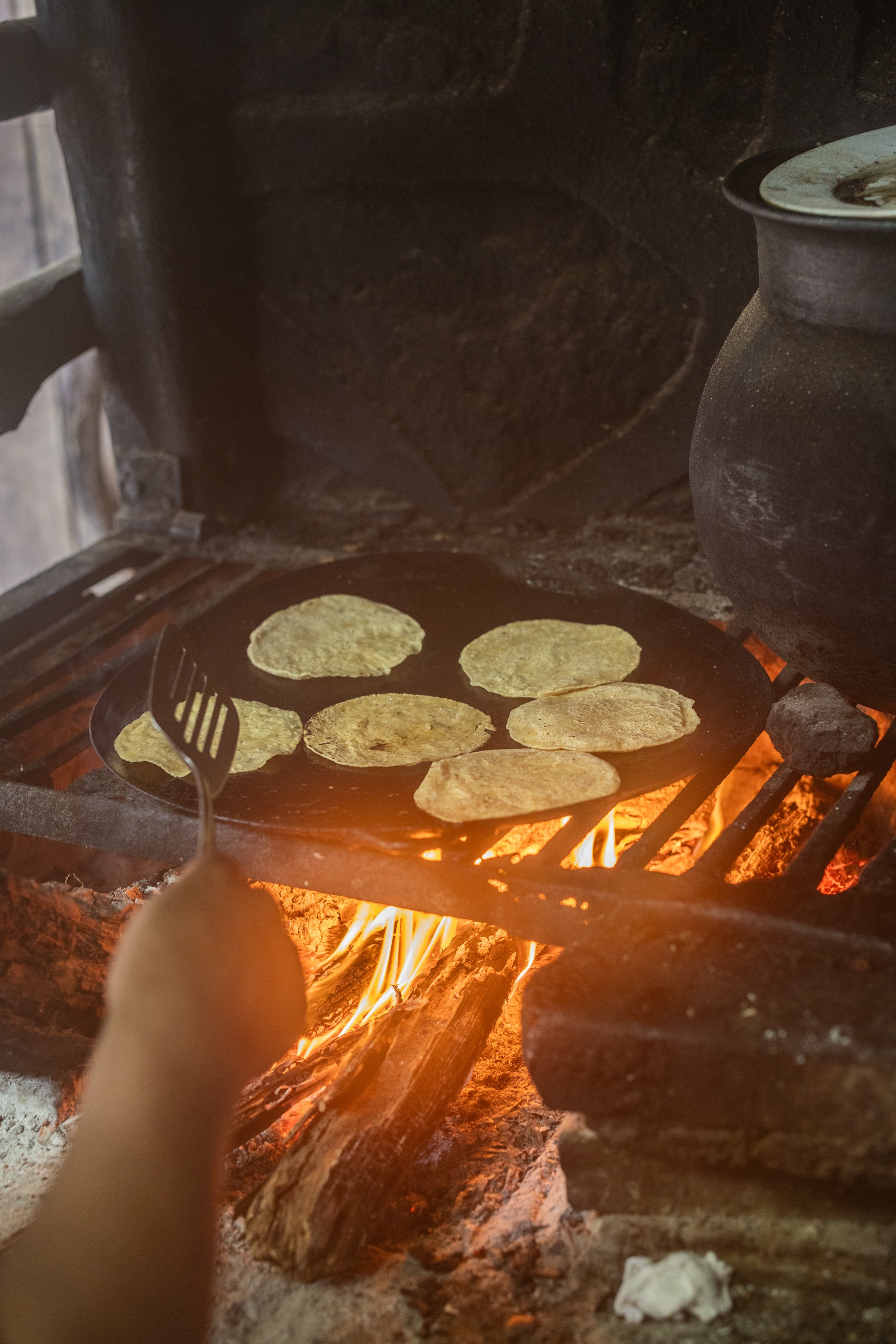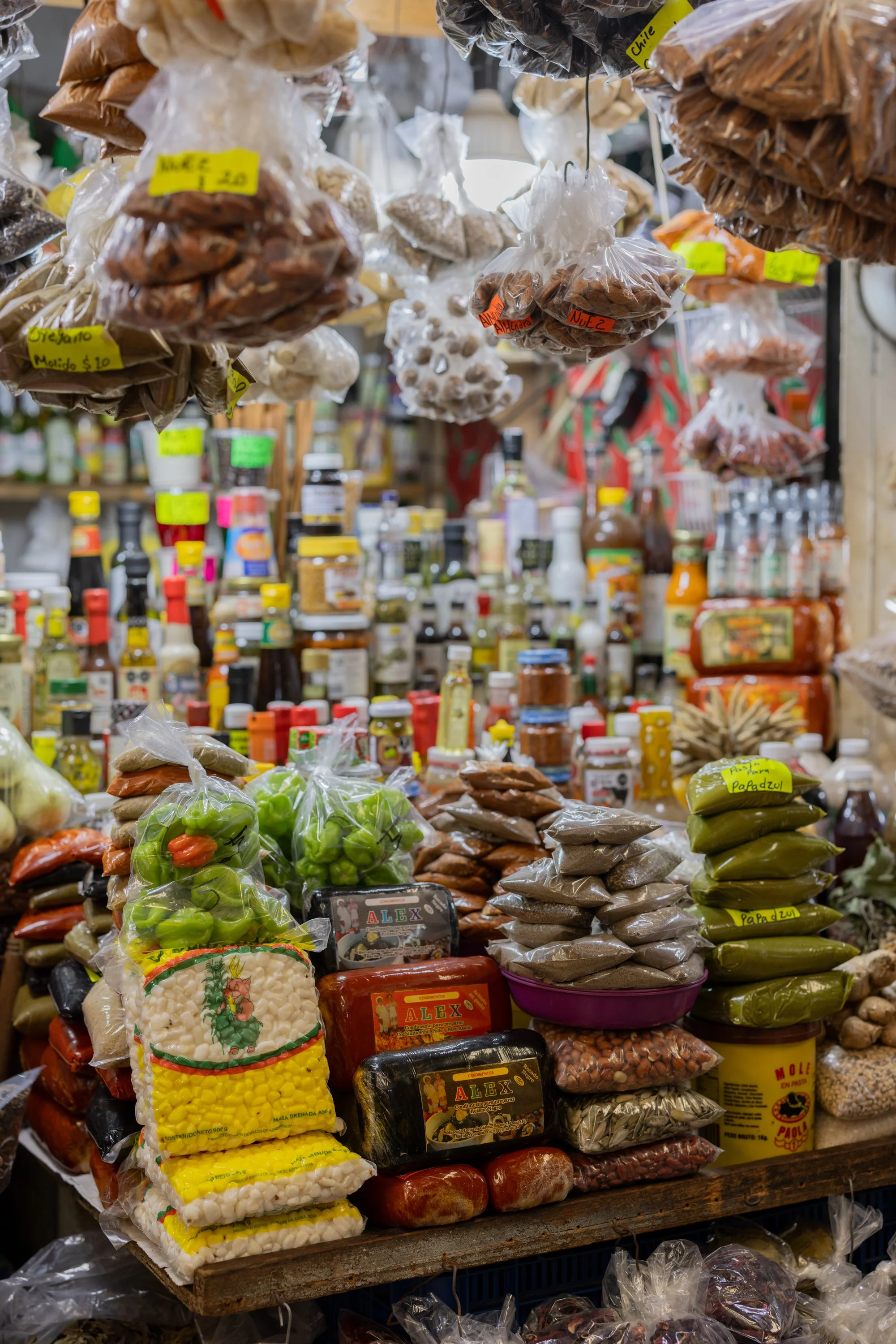The Wonders of Yucatan, the Mexican Riviera
With its beautiful beaches, Mayan ruins, and unique cuisine, the Yucatan Peninsula of Mexico is considered to be significantly different from the rest of the country. Having only visited the resorts of Cancun and Cozumel, I packed my bags in search of the history and rich culture of the Yucatan with the help of my trusted friends, Paco and Polo. Paco had previously guided me through many historical places throughout Mexico, but his friend, Polo was determined to introduce us to the magic of Yucatan, where he had lived for several years working as a matador. We spent a week driving along the coast, beginning in Cancun and ending in the capital city of Merida, and every day I gained more appreciation for the beauty and cuisine of the Maya Riviera. The Mexican state of Yucatan surrounds a peninsula which separates the Gulf of Mexico and the Caribbean Sea. The Mayans, who were once the only inhabitants of Yucatan, were conquered in 1537 by the Spanish after many wars and conflicts. Fortunately, today Yucatan still supports one of the largest Indigenous cultures in Mexico.
We eagerly departed the touristic city of Cancun, Polo driving our rented Suburban and Paco riding shotgun. Paco’s wife, Lulu, my photographer, Valerie, and I rode in the backseat as we listened to Mexican pop music over the radio. We hadn’t been on the road for an hour before we spotted a breakfast spot that would be our first Yucatan meal. It was a roadside café set in a cluster of tropical plants and trees. Underneath a canopy of palm trees were several wooden tables set on a colorful stone floor. The owners, a husband and wife who lived in the back of the small house, cooked every day for passerbys. In the corner of the courtyard was a wood fire with a small plancha (flat top grill). The husband poured cups of coffee from a pot sitting next to a row of hot tortillas. He stacked the warm tortillas in a basket on a nearby table that held eight ceramic pots filled with local stews, ready to be spooned onto tortillas. There were stews made with chicken, pumpkin, pork, and chiles, to name a few, and they were all served at our little table while we drank steaming cups of Mexican coffee (with a hint of cinnamon and sugar). It was a perfect beginning to our tour.
We drove an hour to the sanctuary of Tsunkan, a beautifully manicured jungle that celebrates the Mayan culture with a healing tree ceremony, ancient Mayan house, Yucatan flavors workshop (we made spice pastes called recado that are used to flavor meats and vegetables), and a corn workshop where we made tortillas over an open fire. We visited a garden where we each planted 4 kernels of dried corn for the autumn harvest. There was an open-air restaurant where we enjoyed lunch with local dishes, like chochinitas (shredded pork), salbutes, sopa de lima, and relleno negro. It was a perfect introduction to the very unique cuisine of the Yucatan.
Another highlight of the sanctuary was swimming in a cenote, the cool underground spring, which offered a wonderful reprieve from the tropical humidity. Cenotes are “sink holes” and caves filled with fresh water. They occurred millions of years ago when a meteorite hit the peninsula. Because there are no rivers, the cenotes were an essential source of water for the Mayans, providing the only fresh water in the area. There are thousands of cenotes throughout Yucatan and they continue to be discovered. The Mayans believed that cenotes were pathways to the afterlife and home to the rain god. For me, they were some of the most peaceful places on earth.
We continued our journey to the city of Valladolid where we stayed at the boutique hotel, Colonte Hotel Origen. There was a small courtyard where breakfast was served under the towering palm trees. We ate Huevos Motulenos, fried eggs served with black beans, tomato salsa, and fried tortillas. Polo had arranged a city tour with a guide named Caesar, who explained the history of Valladolid which was full of stunning Spanish colonial architecture. We began in front of the San Servacio Church, then walked down the quiet street, Los Frailes, which was lined with colorful houses and led to the San Bernardino Monastery. We arrived at sunset in time to see the white building change colors as the pink sky reflected upon it. We walked to the home of Doña Trini, an elderly woman who, for decades has been making the local sausage, longaniza de Valladolid. She sat on a swinging chair in the living room as her son sold the smoky sausages to locals as they stepped through the front door. The next day we had our cook prepare the sausage for our breakfast and it was incredible.
Our next stop was in the small village of Homun where we met Polo’s friend, Alejandro (Alex) for a lovely day in the cenotes. The main source of transportation in Homun is motorized tuk tuks. Alex and his son drove us down the long bumpy dirt roads to four different cenotes where we swam in the cool waters. It was very refreshing after being in the blazing heat. At one cenote a woman was making chaya empanadas filled with cheese, which we devoured.
Chaya is a native plant the provides large leaves used in Yucatan cooking. It is known for its medicinal properties as well as its delicious flavor. Alex took us to our accommodations at Santa Rosa, a beautiful property with cabins and a large Mayan-inspired cabana with a restaurant and bar. They too had several cenotes for tourists to visit. The owner, Gabriel was a wonderful host, and let me into the kitchen to learn to make white salsa from charred green chiles and crema, as well as the very traditional sikil pak, a salsa made from ground pumpkin seeds. It has a similar texture to hummus and is absolutely scrumptious! I also learned to make salbutes, a fried “puffy” tortilla topped with shredded meat and pickled onions.
Our next stop was in the city of Izamal, known as the yellow city. We visited the monastery, which was painted yellow and white and had a huge grass courtyard. It was mid-morning and a few locals sat on the grass, enjoying the cool breeze. After shopping for tapestries in the town square, we walked to our lunch reservation at Kinich, a restaurant reputed to be the best in Yucatan. It was set in a gorgeous courtyard with palm trees and tropical flowers. The food was exceptional, as well as the fruity cocktails and Mexican wine. I deemed it worthy of the title, “best restaurant in Yucatan”. After lunch we climbed a Mayan pyramid just to see if we could do it. Although a struggle, we reached the top and saw a glorious view of the city and valley beyond. The climb down was much more intense, making us wish we’d worn better shoes.
We finally made it to the capital city of Merida where we walked through Mercado San Bernito, the main city market. As with other markets I’ve visited around the world, I become mesmerized by the colorful stalls and hustling merchants. We strolled through the narrow rows of spices, fruits, and vegetables, stopping for breakfast at a table where a woman made chochinita tacos and tortas. I bought ground pepitas, oregano, recado rojo, and dried chiles from a woman in a tiny booth with bags of ingredients as high as the ceiling. With shopping bags in hand, we walked down the streets surrounding the city square and bought gifts and souvenirs.
We had lunch at the Museum of Gastronomy, a beautiful restaurant that has an interactive museum describing the timeline of the Mayan cuisine to modern times. The tour ended with the explanation and demonstration of the Mayan pib, which was fascinating. In Yucatan, the pib is one of the most common methods of cooking meats and vegetables underground. These earthen ovens are made by digging deep holes into the dirt, usually in a square or rectangular shape. The earth is chosen carefully, without any small rocks. The Yucatan earth is thought to give pib-cooked food a unique flavor of the land. Once the pit is dug, a pyramid-shaped pile of wood is set on fire in the bottom of the pit, and large rocks are placed on top to retain the heat of the fire. Once the wood has turned to ash, the food is put on top of the rocks in pots or wrappings of banana leaves. The pit is then covered with a lid made of greenery or sheet metal, and covered with dirt so no heat can escape. The food is left to cook, sometimes just an hour or as long as ten hours. The lid is removed, and the food is ready to eat. Cochinita pibil, is suckling pig that is roasted for many hours, cooking in a marinade of spices and banana leaves. My favorite cochinita was made with ricado roho, a paste made from annatto seeds, oregano, clove, cinnamon, pepper, and garlic. Once it’s cooked, it is shredded and made into tacos or tortas. It’s absolutely delicious!
That evening we drove to Progreso, a beach town about 30 minutes from Merida. The Malecon walkway along the beach was beautiful and we saw a spectacular sunset. We stopped at a food cart selling elote and we each had a cupful, each topped with fried nuts and seeds. At another cart we had marquesitas, a crispy crepe (like an ice cream cone) filled with shredded Holland cheese. I had one filled with banana, Nutella, and Holland cheese. It was interesting, to say the least.
Our final day together was the eve of Mexican Independence Day, a day of celebration for all Mexicans. Polo was able to score a rooftop restaurant on the edge of the city square where we watched hundreds of people gather and wait for the mayor to speak and ring the bell of independence. Then there was spectacular fireworks show and everyone raised their hands in appreciation for their freedom. It was an emotional experience that I was so happy to have witnessed.
Exploring the Yucatan peninsula exceeded all my expectations. I was so fortunate to have friends from Mexico who proudly shared a part of their country with me. From the first roadside café, to swimming the cenotes, to a firework ending, I gained an appreciation for the small state that most only visit for beach holidays. It is my hope that those who plan a trip to Yucatan take the time to go beyond the inclusive resorts and explore the corners of Yucatan that few tourists have discovered. Eat the street food, talk to the locals, visit the local markets, and take a cooking class. I promise you’ll create memories of a lifetime.


































